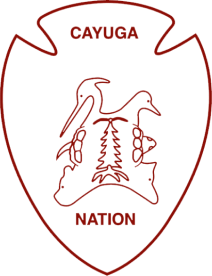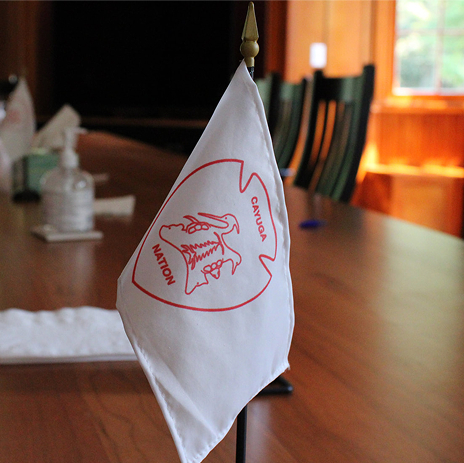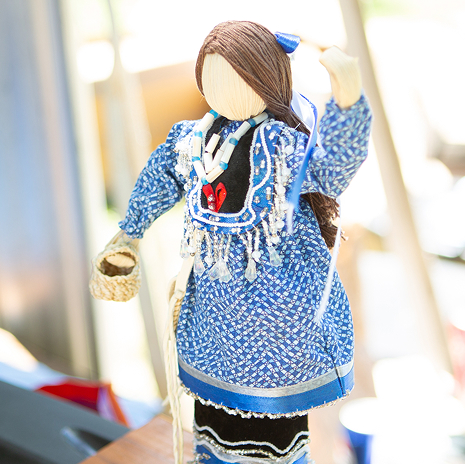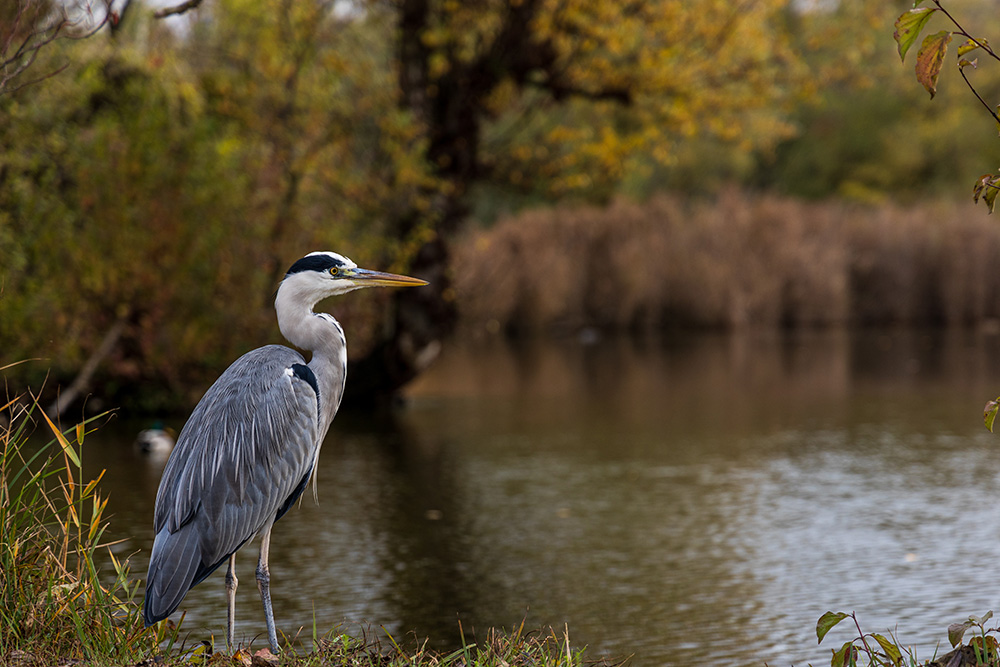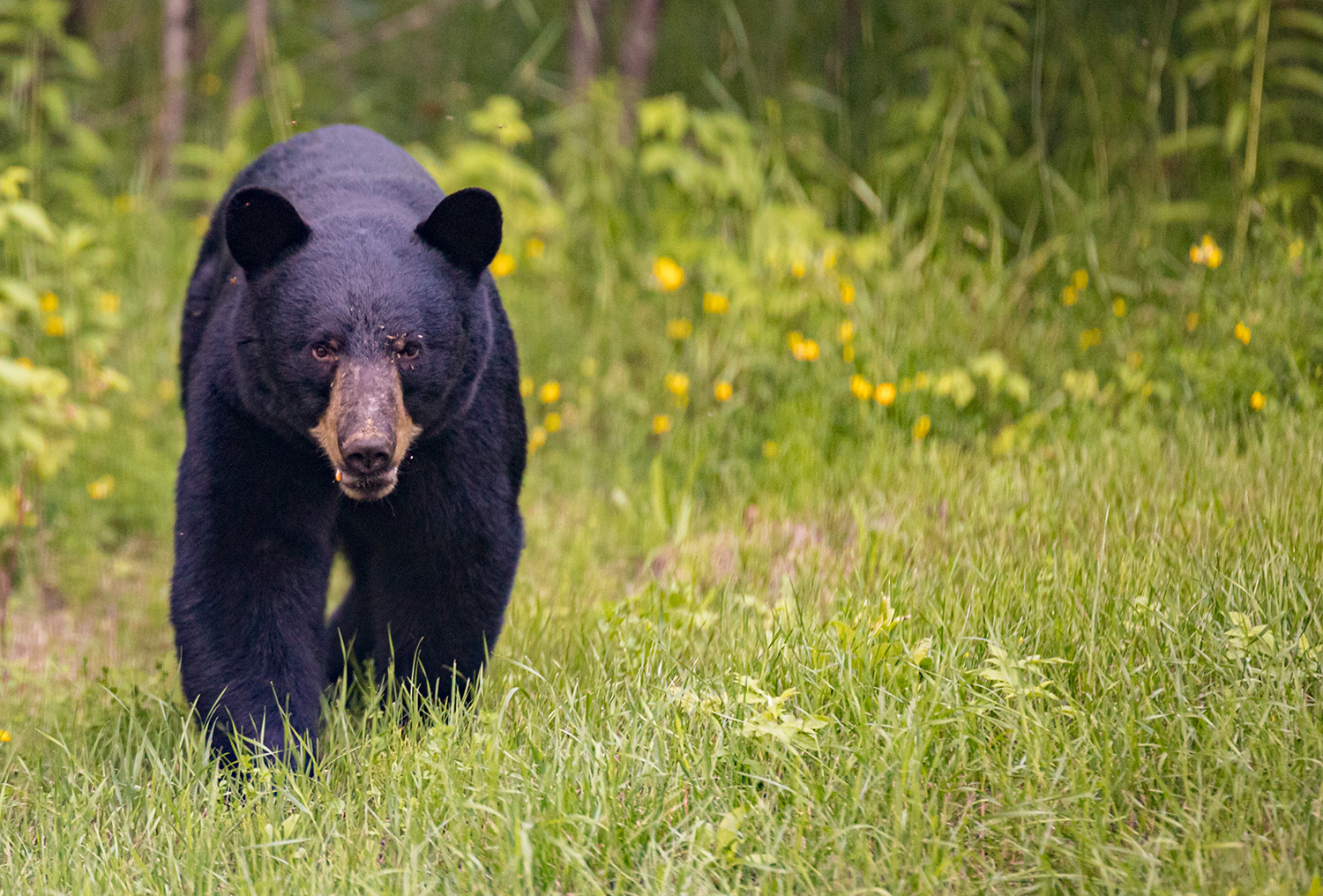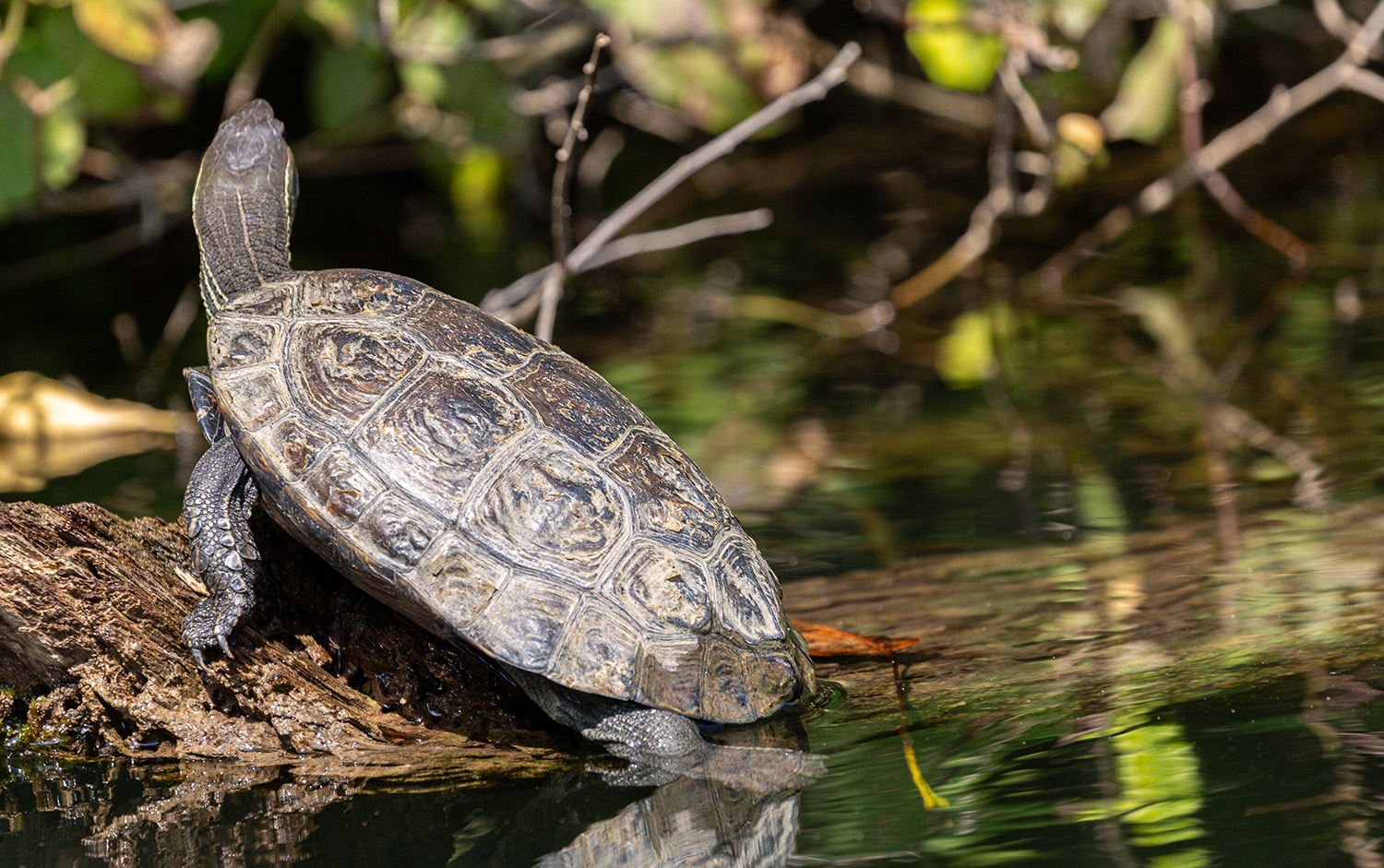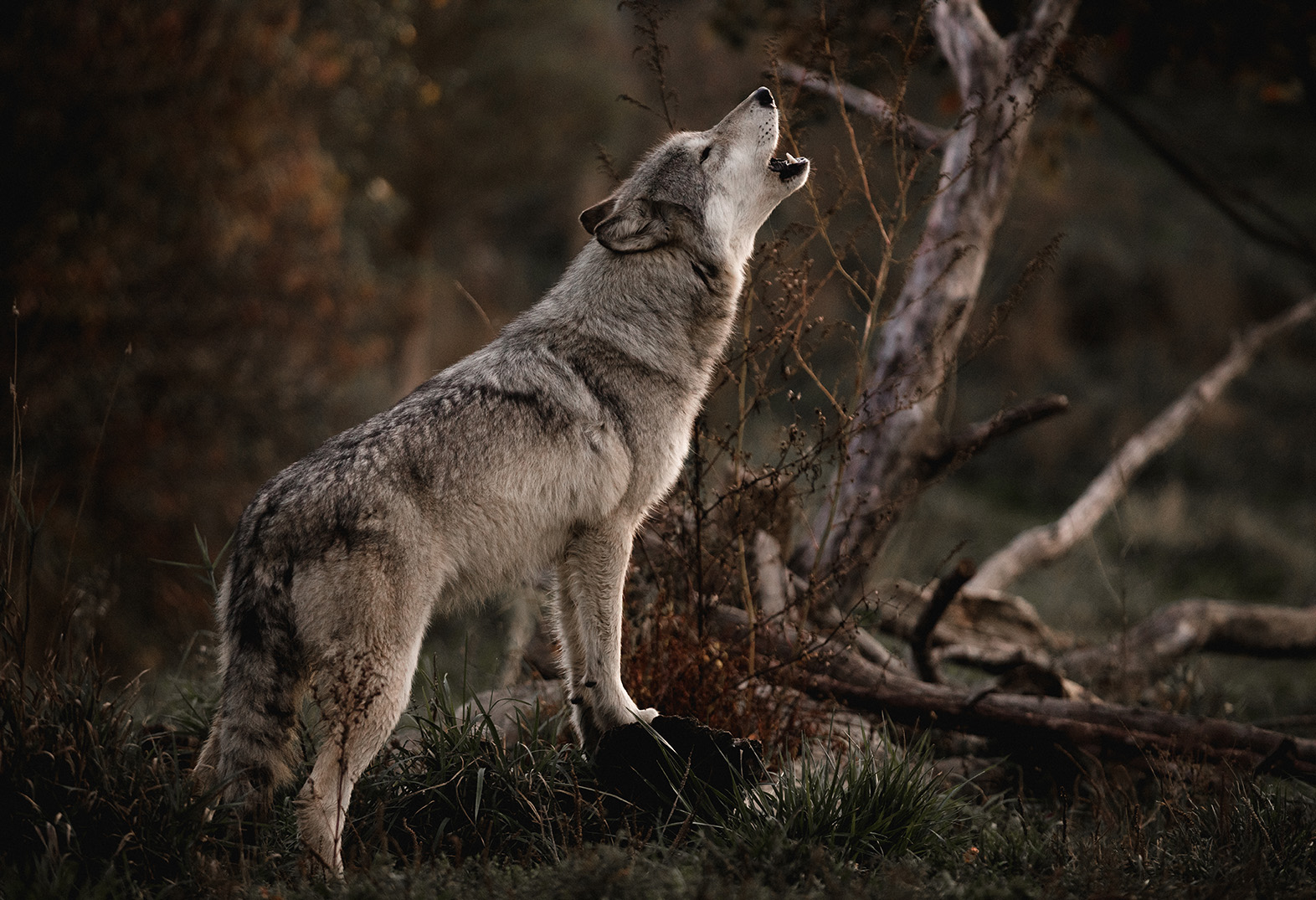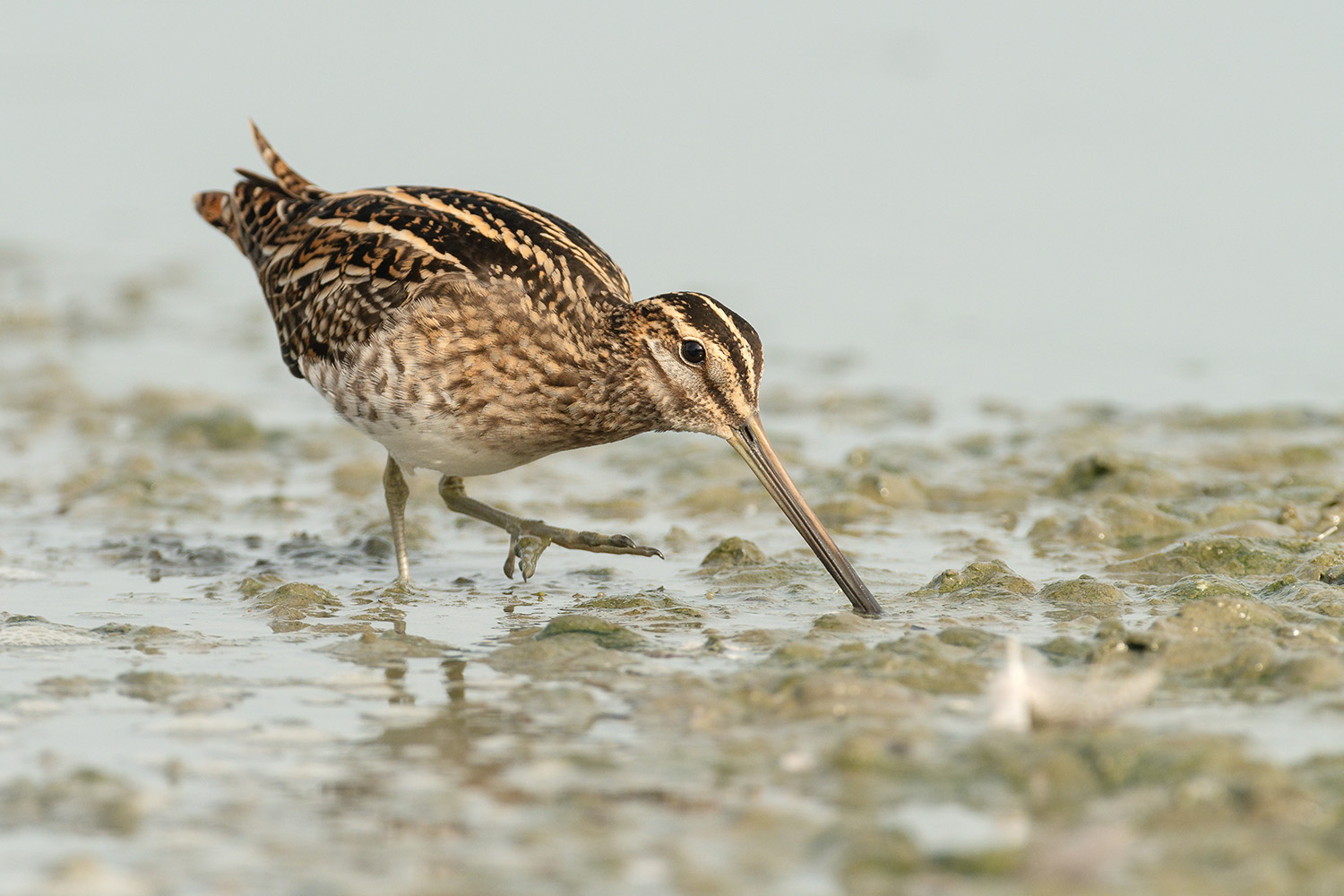People of the Great Swamp
A Native American Tribe With Haudenosaunee Roots and a Prosperous Future
gayę́ne̱hsraˀ
The Formation of the Haudenosaunee Confederacy
Long before the formation of the United States, in what is now the northeastern region of North America, the Cayuga Nation—together with the Seneca, Onondaga, Oneida, and Mohawk Nations—came together in the 12th century to form one of the world’s earliest participatory democracies: the Haudenosaunee Confederacy. Guided by the Great Law of Peace, this powerful alliance was born out of a vision to end inter-tribal conflict, protect individual liberty, and promote collective responsibility.
The Great Law of Peace established a sophisticated system of governance rooted in consensus, balance, and respect for the natural world, principles that were passed down through oral tradition and ceremonial practice. It outlined roles for leaders, codified rights and responsibilities, and created checks and balances that allowed each Nation to retain its sovereignty while acting in unity.
This Indigenous constitutional framework not only brought stability and peace among the member Nations for centuries, it also captured the attention of European thinkers and American revolutionaries alike. The Great Law of Peace profoundly influenced the development of democratic ideals that would later shape the U.S. Constitution, including representative government, the separation of powers, and the notion that authority derives from the people.
The formation of the Haudenosaunee Confederacy stands as a testament to our enduring commitment to peace, diplomacy, and self-governance, values that continue to guide us today.
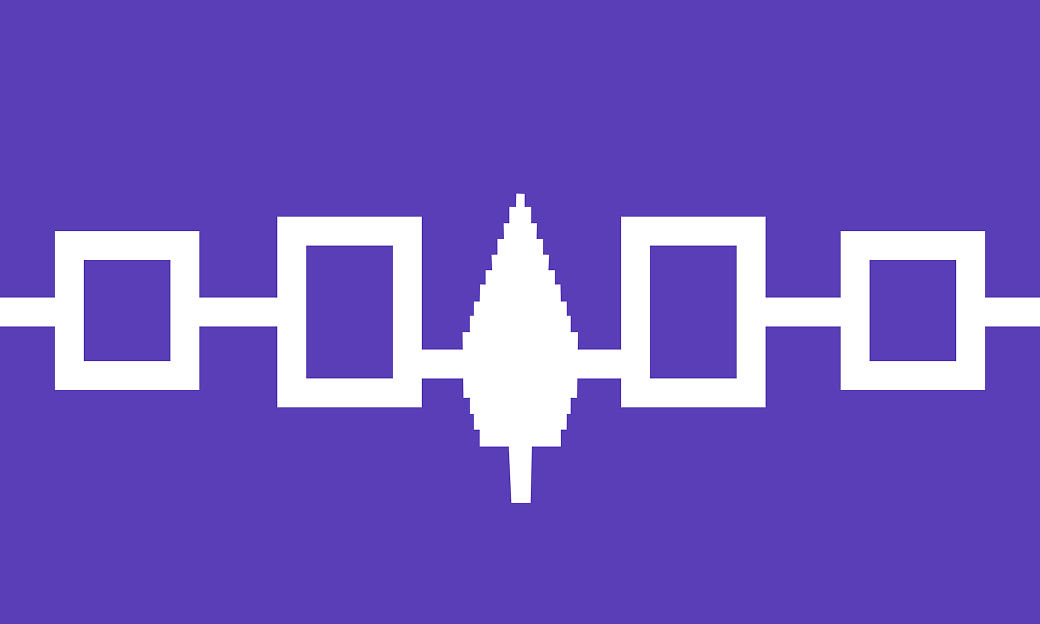

- The Seneca
- The Cayuga
- The Onondaga
- The Oneida
- The Mohawk
sganyaˀdí:ga:ˀ
Cayuga Nation Clans & Governance
The Cayuga Nation is made up of five clans, which determine family lineage. A citizen’s clan follows their mother’s line and belongs to one of five groups: Bear, Heron, Snipe, Turtle, and Wolf. Each clan has a Clan Mother responsible for the well-being of its citizens and council representatives who help govern the Nation.
-

Heron Clan
-

Bear Clan
-

Turtle Clan
-

Wolf Clan
-

Snipe Clan
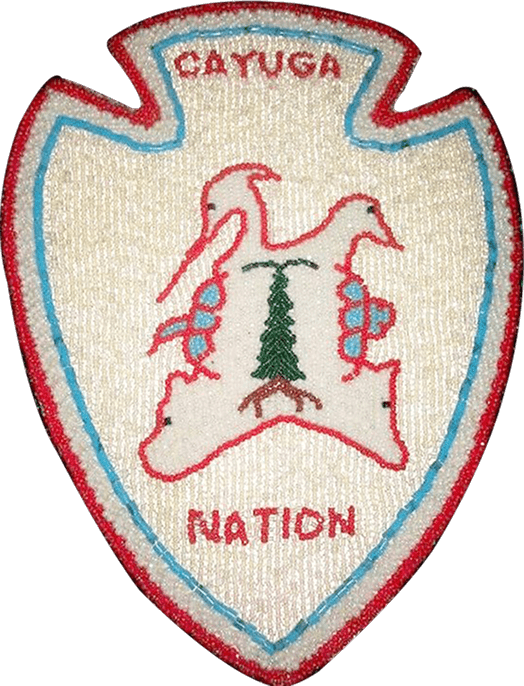

Cayuga Nation Homeland & Settlements
For centuries, the Cayuga Nation has called the lands around Cayuga Lake home. Their territory lies between the Seneca Nation Reservation to the west and the Onondaga Nation Reservation to the east. Archaeologists have discovered evidence of Cayuga Tribe settlements in various locations around the lake, including present-day Union Springs, Aurora, Cayuga, Seneca Falls, Ithaca, and Canoga.
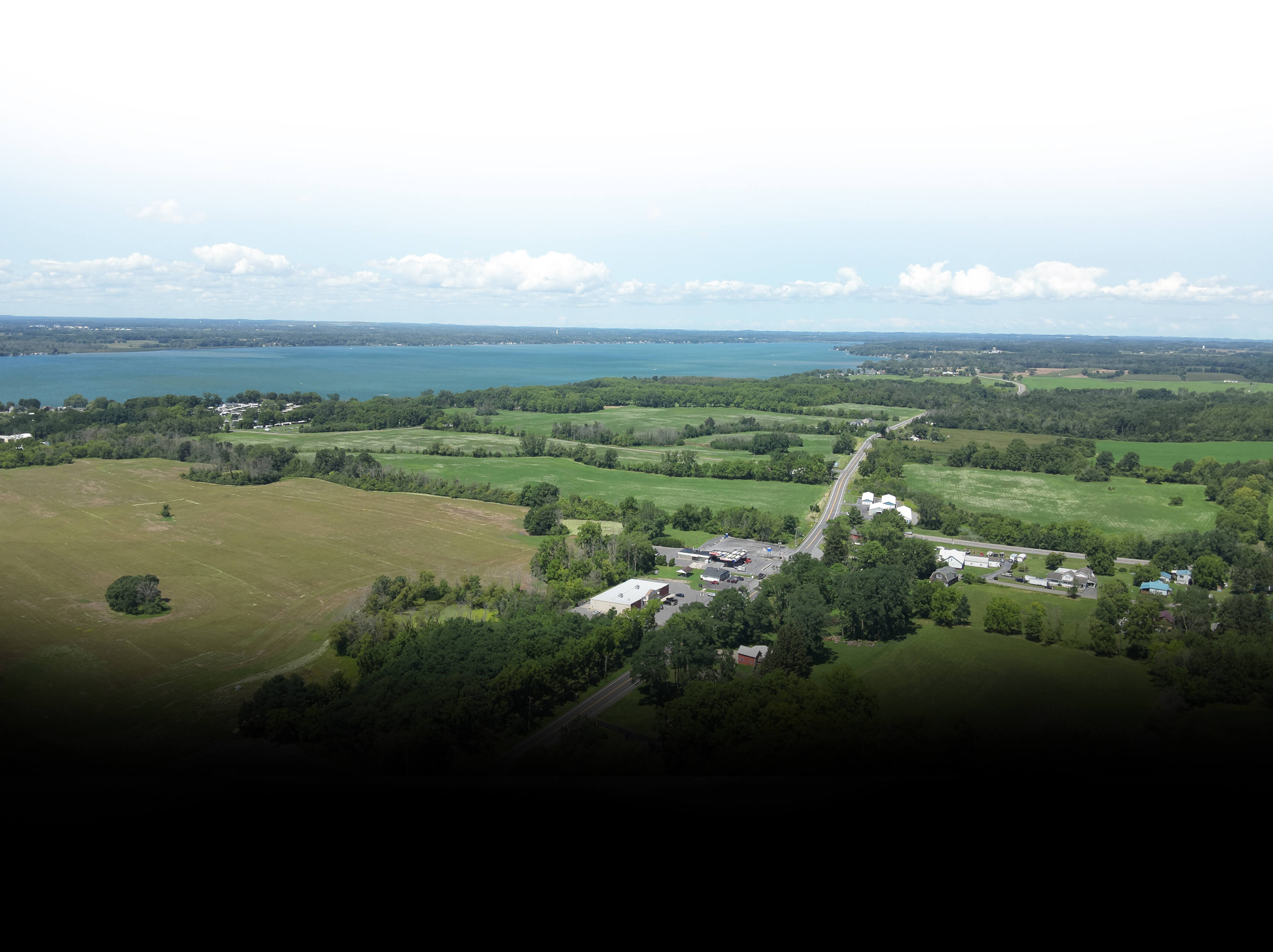
Have a Question?
For questions or concerns not found below please submit a contact form on our Contact Us page.
Is there a leadership dispute within the Cayuga Nation?
There is no leadership dispute within the Cayuga Nation. In 2016, a nationwide survey revealed that over 60% of adult citizens supported the Halftown Council and its governance structure. The self-identified “traditionalists” participated in the campaign and were not elected. Clint Halftown remains the federally recognized representative of the Cayuga Nation.
What new slot games are available?
Willie Nelson provides a unique gaming experience with thematic bonuses that will keep the excitement and thrill coming your way.
Check out the list of all games at LakeSide Entertainment.
Is the Cayuga Nation sovereign?
The Cayuga Nation is recognized as one of the sovereign nations by the U.S. government. Although the Nation is actively working to have its fee-owned lands placed into trust, the lack of trust land does not affect its sovereign authority over its reservation.
What is the status of the Cayuga Nation’s reservation?
Under the Treaty of Canandaigua (1794), the U.S. federal government recognized a 64,015-acre reservation for the Cayuga Nation in what is now Seneca and Cayuga counties in New York. Reservations are established by treaties or acts of Congress and can only be disestablished through congressional action, which has not occurred.
Does the Cayuga Nation need trust land to exercise sovereign jurisdiction?
No. The Cayuga Nation continues its efforts to have its fee-owned lands placed into trust by the U.S. government. However, the absence of trust land does not diminish the sovereign authority the Nation holds over its reservation.
What is the authority of the Cayuga Nation Police?
Like other sovereign nations, the Cayuga Nation has full jurisdiction to enforce its laws within its reservation boundaries. In 2018, the Nation established a professional Indian police force, which the BIA reaffirmed in 2019. The Cayuga Nation Police works with other law enforcement agencies on a government-to-government basis. A recent U.S. Supreme Court decision confirmed that Native law enforcement agencies can investigate and detain non-Natives when there is reasonable suspicion of criminal activity.
Who are the “traditionalists” within the Cayuga Nation?
The term "traditionalist" does not have a strict definition within the Native American community. While some Cayuga Nation citizens may personally identify as traditionalists, the term does not reflect any specific cultural or political stance. The Halftown Council has consistently supported initiatives to preserve and promote Cayuga Nation traditions and cultural heritage.


